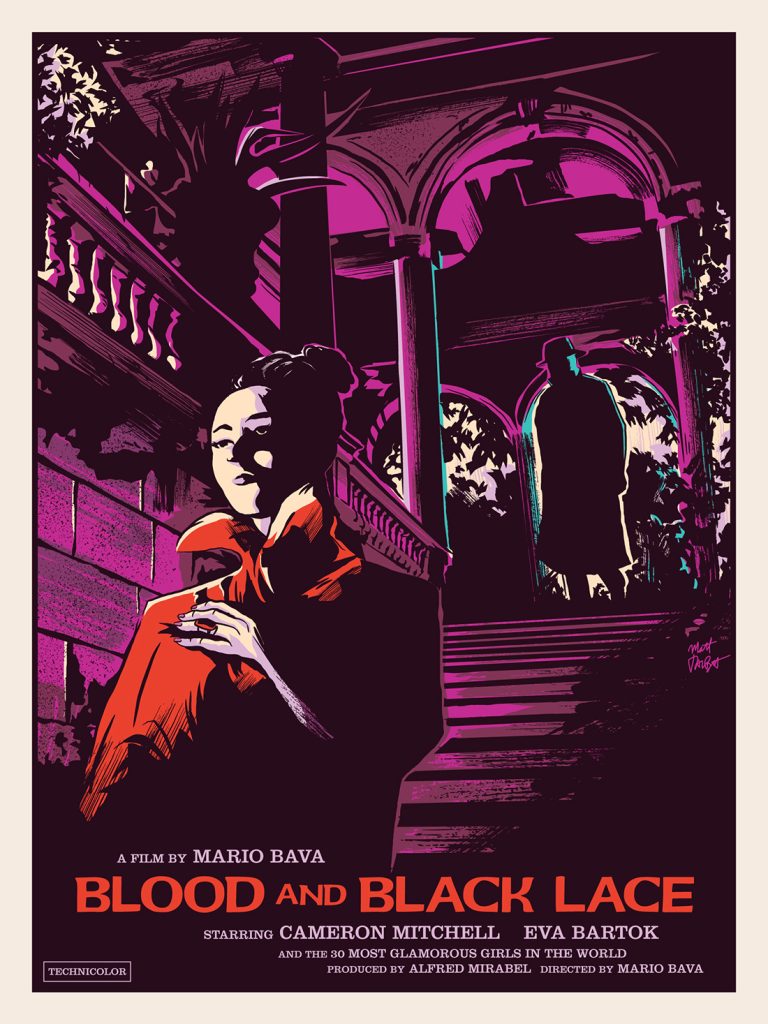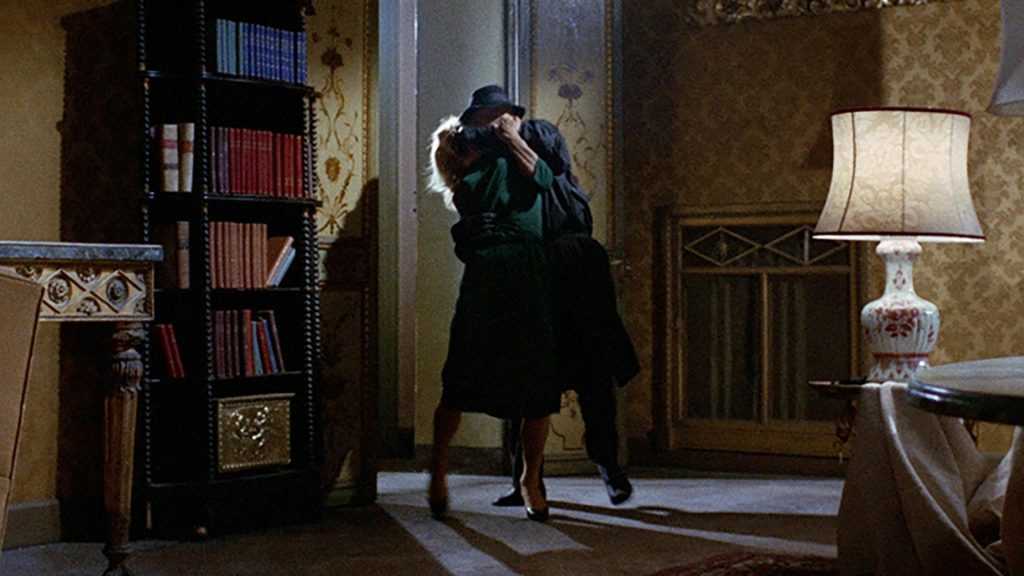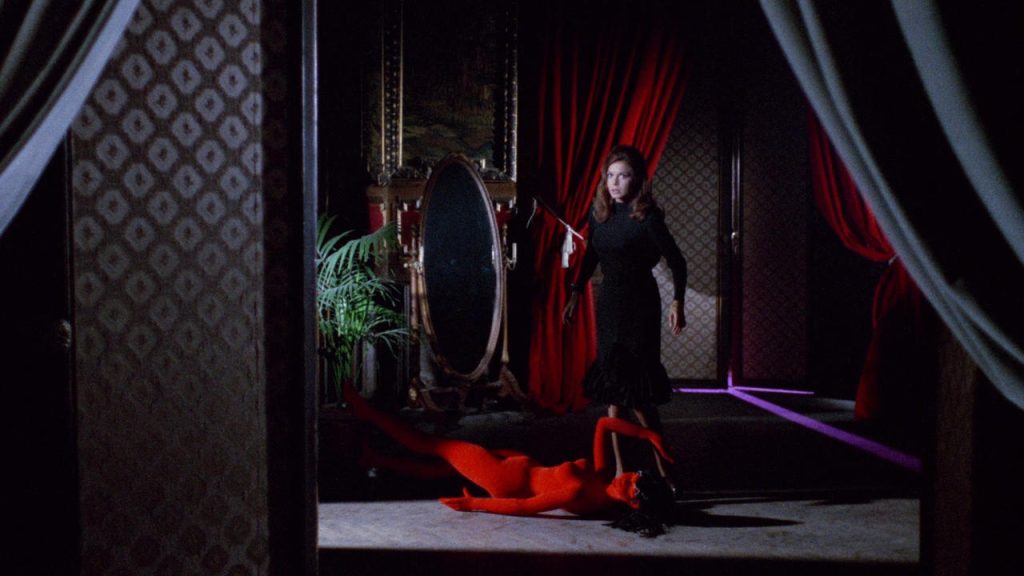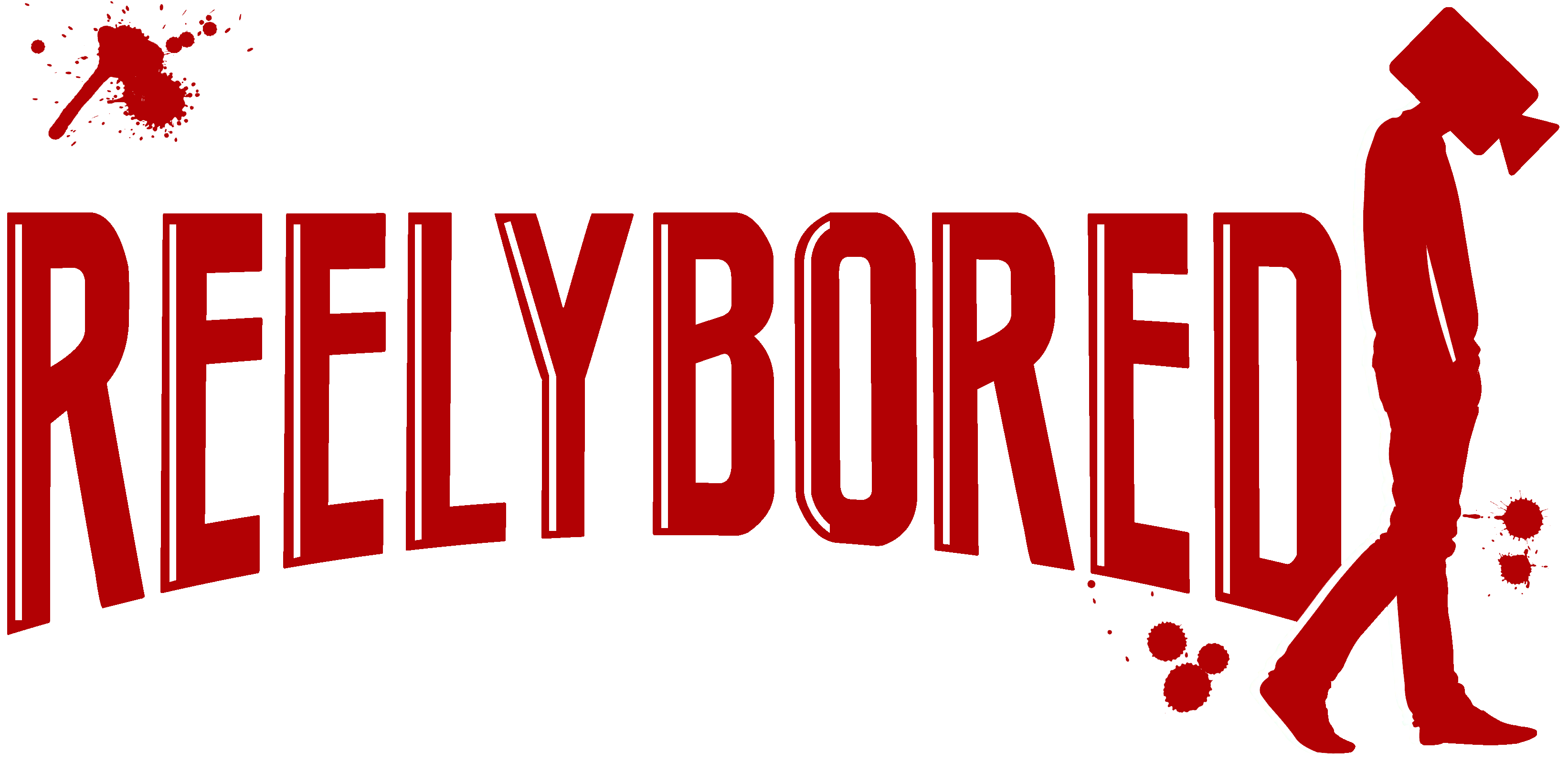
Isabella, a young model is murdered by a mysterious masked figure at a boarding house run by Max Morlan and his lover Countess Christina Como. When Isabella’s boyfriend is suspected of the killing, her diary, which apparently has some incriminating evidence linking her to the killer, disappears, the masked killer begins killing off all the models in and around the house to find the diary.
Blood and Black Lace Giallo Movie Review
For a few years, I’ve had a Steelbook Blu-ray copy of Mario Bava’s Blood and Black Lace. But, for some reason, I neglected to watch it. I suppose it’s the same reason I never got around to watching any of his movies in the Mario Bava Box Set DVD that I own. Again, for no particular reason other than to call it neglect. It wasn’t until my recent resurgence into Italian Giallo films that I decided to divulge away from Dario Argento and explore what the niche genre had to offer. I learned that the words Giallo and Mario Bava go hand in hand as he is what many consider the godfather of Giallo. Bava’s 1963 film, The Girl Who Knew Too Much (also known as The Evil Eye in the United States), is considered to be, by many critics, the first Giallo film. One year later, Bava upped the antenna with Blood and Black Lace, where the standard “look” of the Giallo killer was established, which consisted of a fedora, black leather gloves, something to disguise the face, and a trench coat.

The story involves the murder of a female model, Isabella (Francesca Ungaro), by the hands of a disguised killer whose diary shows up at a prestigious fashion house, which raises the eyebrows of many patrons, an indication that Isabella had dirt on a few people. This, of course, opens up the floor to a slew of both suspects and red herrings. After the diary goes missing, it becomes clear that this is what the killer is after as he/she goes on a murderous spree to make sure the contents are not revealed.

Bava’s directorial process is on full display here as the direction is masterful with the camera’s masterful movements and his beautiful use of the vivid color palette that pops out of the screen, engaging the viewer in both the story and visuals. Blood and Black Lace was a wonderful surprise as it harkened me back to a place where I saw the making and development of what would become what is customary in the giallo genre: the killer’s point of view, the black leather gloves, the killer’s tell-tale disguise. I couldn’t help but smile as I watched the movie and saw firsthand where many of Bava’s cohorts gained their inspiration. Like any other Giallo film, Blood and Black Lace has its fair share of suspects, red herrings, kills, and plenty of twists. I did not see the twist coming in this one, although, in retrospect, the clues of the identity of the killer were right in front of my face. In essence, the “aha” moment was a big facepalm when the killer was revealed… or was it? This is what makes a great Giallo film – when you think you got it all figured out, the proverbial rug is pulled from underneath you, and boy, I love that; the feeling of being duped from a film is exhilarating for me.
I have to admit that while I enjoyed Blood and Black Lace, and I acknowledge that it is a pivotal film, I can’t say it is among my favorites. Yes, it is a fantastic film, but probably not one I will revisit often. Perhaps, once in a blue moon. Blood and Black Lace did introduce me to Mario Bava, and I look forward to watching more of his films already on my movie shelf.
